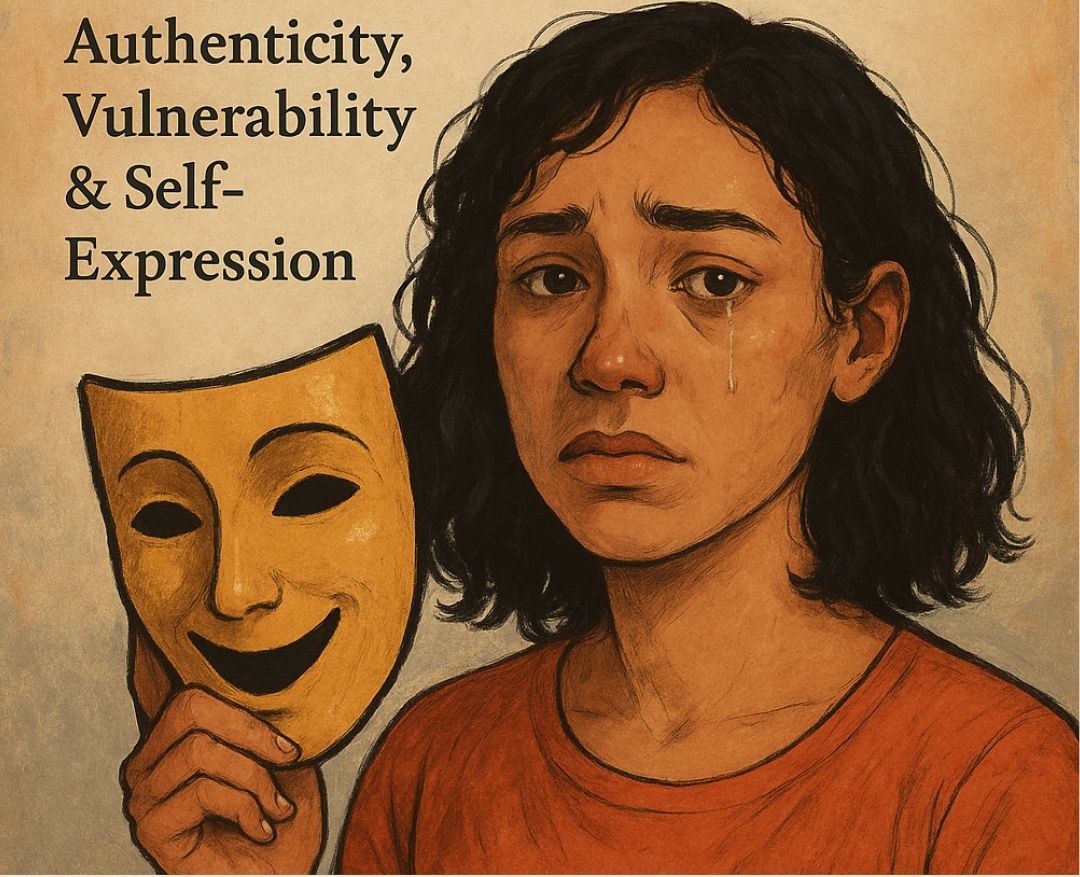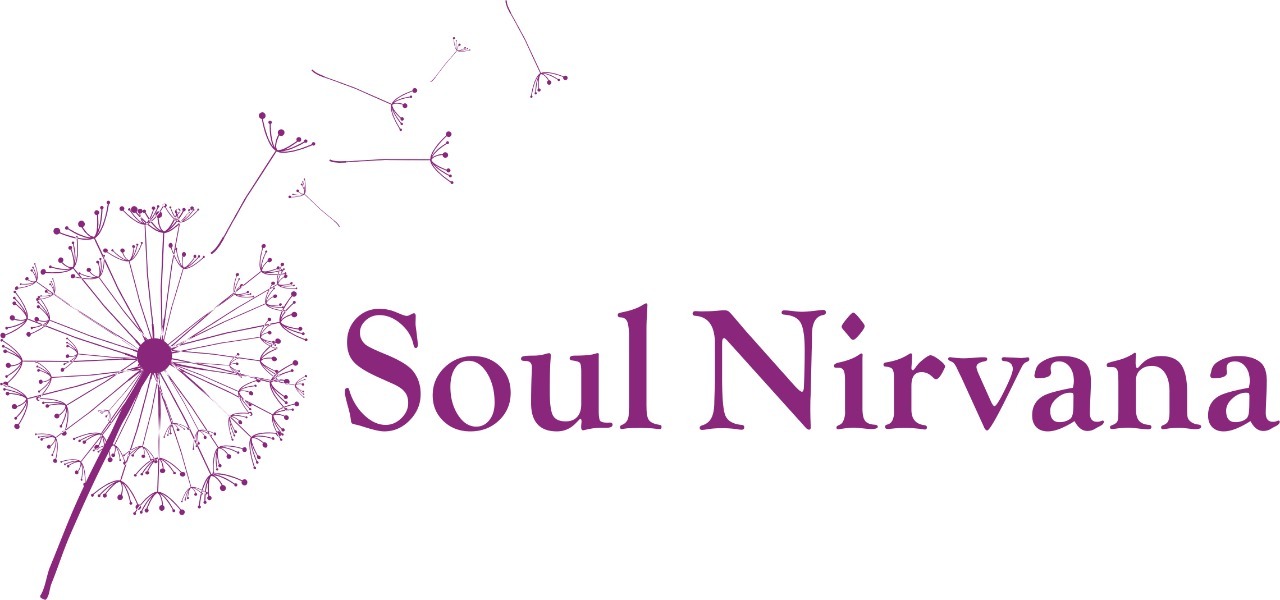After the Mask Falls: Authenticity, Vulnerability & Self-Expression

Introduction
From early childhood, many of us learn to hide parts of ourselves. We wear masks shaped by what we believed others expected: to be strong, agreeable, perfect, or unflappable. Over time, these masks become second nature—safer than being seen, more predictable than risk. But safety can cost us authenticity, creativity, and deep connection.
This article invites you to explore what hides beneath your masks: why so many of us hide, the courage—and risk—of showing up as we are, and practical ways to discover, express, and live a more authentic self.
Why So Many of Us Hide Parts of Ourselves
Early Conditioning and the Need for Belonging
From family norms, social groups, and cultural expectations, we often learn unspoken rules: what emotions are okay, what behavior is rewarded, what parts of us are acceptable. When certain traits are judged or criticized, we may suppress them to fit in or avoid rejection.
Fear of Shame, Rejection, or Disappointment
Authenticity brings vulnerability. Exposing parts of ourselves that are imperfect, uncertain, or fragile invites risk. Shame—believing we are flawed inside—or fear of losing relationships can push us to keep masks firmly in place.
Internal Identity Gaps
Sometimes, it isn’t clear who we really are under all the expectations. We may adopt identities (pleaser, achiever, caregiver) not because they reflect our values, but because they offer safety. Over time, these roles may feel limiting or disconnected from our deeper truth.
Surviving via Adaptation
Masks can be survival strategies. If you grew up in environments that rewarded compliance, controlling emotions, or hiding pain, your mask may have helped you navigate those conditions. Letting go of it doesn’t invalidate its usefulness—it simply opens room to evolve.
The Courage and Risks of Authenticity
Choosing to live authentically isn’t always comfortable. It demands vulnerability—letting others see parts of you that are unfinished, afraid, or judged.
Risks include:
- Emotional exposure: worry or fear that others won’t accept you.
- Relational shifts: some people in your life may withdraw or push back because your authenticity disrupts their expectations.
- Internal conflict: old shame, fear, self-criticism may surface when you stop hiding.
Yet courage yields powerful rewards:
- Greater self-respect: knowing you are living in integrity with your values.
- Deeper connections: when you show up real, you attract deeper, truer relationships.
- Emotional relief: carrying a mask takes energy; dropping it frees space for real presence, creativity, joy.
- Resilience: research supports that authenticity buffers against distress. Studies show people reporting higher authenticity tend to have greater well-being, lower anxiety and depression.
Vulnerability as Dynamic Strength
Psychologist Brené Brown and others remind us that vulnerability isn’t weakness—it’s essential for creativity, connection, joy. Studies indicate that individuals who practice authentic self-expression report higher well-being, fewer symptoms of depression or anxiety, and better relationship satisfaction.
Authenticity doesn’t require exposing everything—just aligning your inner world (thoughts, values, feelings) with your outer life (behavior, expression).
Exercises to Discover and Express Your True Self
Here are concrete practices you can begin now to peel away layers of the mask and let more of your true self emerge:
1. Values & Mask Journaling
- List 5 core values you believe matter (e.g., honesty, kindness, creativity, autonomy, connection).
- Each day for a week, journal about moments when you felt totally aligned, and moments when you felt you wore a mask. What triggered the disconnect?
- Over time, patterns will emerge—what values you feel safe expressing, and which you tend to suppress.
2. Mirror & Voice Work
- Stand or sit before a mirror, speak a short truth: “I am…” or “I feel…” Observe body sensations, your tone, any discomfort.
- Try saying that truth to someone trusted in a low-stakes environment. Notice how your voice or posture changes when you speak from authenticity.
3. Vulnerability Inventory
- Write down things you haven’t shared—fears, hopes, quirks, insecurities. Pick one small item to share, either in writing or verbally, with someone safe.
- The act of sharing—even if imperfect—weakens the mask.
4. Creative Self-Expression
- Choose an expressive medium: painting, music, dance, writing, poetry. Allow yourself to play without expectation.
- Use prompts like “I want others to see…” or “I hide this because…” to start a piece of art or writing.
5. Reflective Solitude & Mindfulness
- Practice short periods alone in quiet—walk in nature, sit without device, notice inner dialogue.
- Pay attention to what surfaces when you aren’t performing or responding. What do you want? What feels true?
Conclusion
When masks are deeply rooted—whether through past trauma, lifelong people-pleasing, or environments that discouraged authenticity—support can help. At Soulnirvana, We offer a psychotherapy service which gives you safe space to explore parts of self you haven’t seen, to integrate those parts rather than reject them. It helps you rewrite narratives about who you’ve been taught to be.
Dropping the mask doesn’t complete the journey—it begins a conscious way of living. Authenticity is a practice: noticing when you hide, feeling the discomfort, choosing a different response. Vulnerability invites risk, yes—but also offers immense reward: deeper relationships, self-trust, joy.
If you sense the mask has become too heavy—if self-doubt, discomfort, or emotional hiding feel like default—it may be time to explore what lies beneath with intentional support. You deserve to be known for who you are, not just who you’ve learned to present.
Authenticity isn’t about perfection—it’s about honesty. If you’d like support discovering your true self and expressing it with integrity, Psychotherapy can offer tools, guidance, and alignment. Sometimes a conversation with someone trained in holding space for vulnerability is the bridge to freedom.
If you’d like, begin with a no-pressure discovery conversation. Sometimes a listening ear is all that is needed to open the door to your truth. Book your first online consultation now.
FAQs
1. How do I know if I’m masked or being authentic?
Notice your emotional reactions: guilt, fear, performance pressure often point toward masking. Moments of alignment feel lighter, freer, less guarded.
2. Can being authentic risk losing relationships?
Yes, some relationships may change—those built on your mask or on expectation rather than mutual authenticity. Yet new or deeper relationships often form when you show up as you truly are.
3. What if I feel too vulnerable or unsafe to express myself?
Start with small exercises: journaling, creative work, mindful dialogue in trusted relationships. If fear or shame feels overwhelming, seeking therapy can help gradually build safety and trust with yourself.
4. Is authenticity a one-time goal or ongoing work?
It’s ongoing. Authenticity shifts as you evolve. What felt true 5 years ago may need revision today. The practice is in staying honest, open, and willing to adjust.
References
- Brown, B. (2021). The Gift of Imperfection. Random House.
- “How Authentic Self-Expression Affects Mental Health,” Psychology Today. (psychologytoday.com)
- “Authenticity and Well-Being,” Frontiers in Psychology. (frontiersin.org)
- “7 Brené Brown-Inspired Self-Awareness Exercises,” Ahead App. (ahead-app.com)
- “Why Emotional Boundaries Matter in Relationships,” Verywell Mind. (verywellmind.com)

Ms Sonali Sikdar
Ms Sonali empowers individuals to grow, heal, and align their careers with their inner calling.
Related Blogs
No related blogs available.
